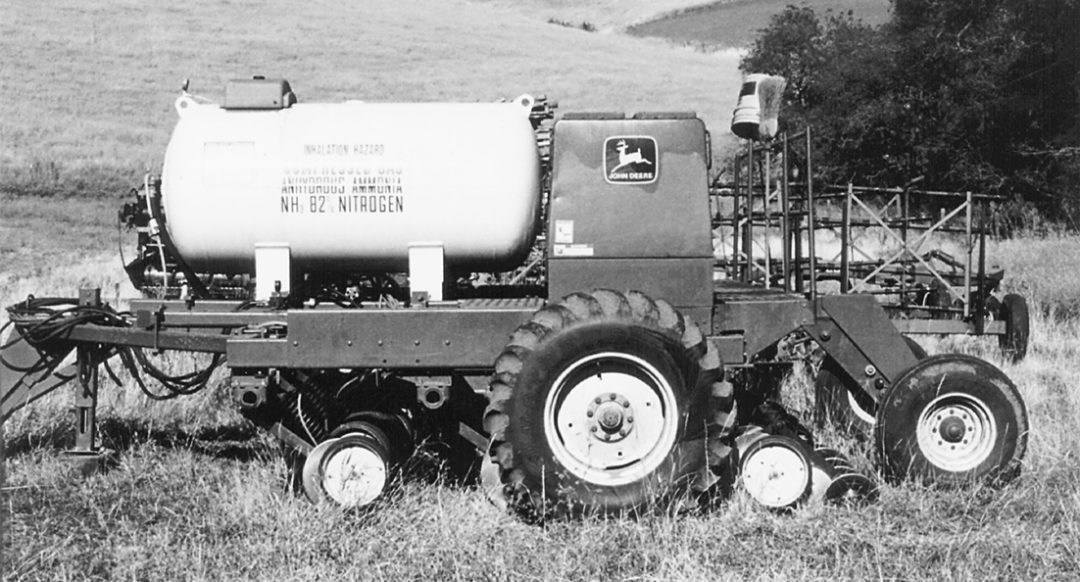No-Till Farmer
Get full access NOW to the most comprehensive, powerful and easy-to-use online resource for no-tillage practices. Just one good idea will pay for your subscription hundreds of times over.

Even though the majority of John Deere 750 no-till drills are used to seed soybeans and small grains in the Midwest, that certainly doesn’t mean modifications made for efficient seeding in the Pacific Northwest won’t prove valuable in other areas.
When it came to modifying this drill, Jim Bly did it to save money and time. Both are extremely important to this no-tiller who has 12,000 acres of cropland to cover each year near Dayton, Wash.
A man who wears many hats, Bly oversees 15,000 acres of pasture, 700 cow-calf pairs, 5,000 acres of timber and 12,000 acres of farm ground. Broughton Land Co. has also began no-tilling spring barley, spring wheat, condiment mustard and spring oats in recent years.
“We purchased a John Deere 750 no-till drill,” Bly says. “We made no modifications in the first three seasons, but there were problems—the drill only applied dry fertilizer. All our time was spent hauling enough dry fertilizer to get the amount of nitrogen per acre that we needed.”
Not satisfied with the rig’s efficiency, Bly went to the drawing board and began sketching out no-till modifications.
1. “We removed the dry box for deep-banded fertilizer,” he says. “This gave us the room we needed to put on an anhydrous ammonia tank for deep banding fertilizer.”
While this was an improvement, Bly still needed a way to place anhydrous ammonia in the ground. Installing low disturbance Yetter coulter fertilizer openers solved this problem.
2. “We raised the seed/starter fertilizer…